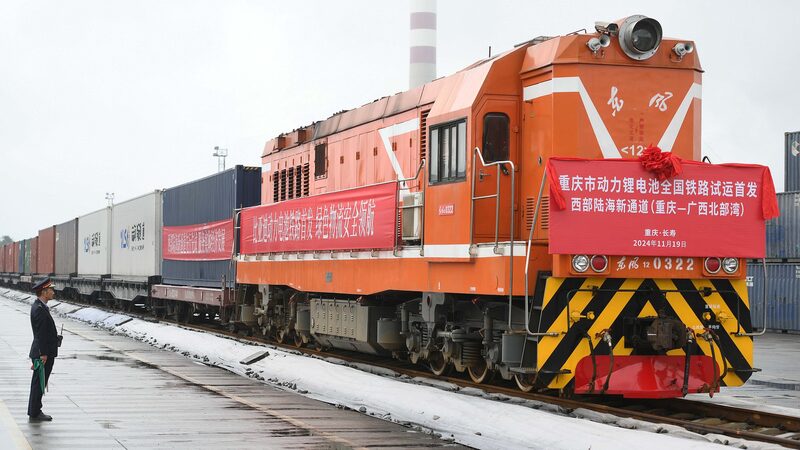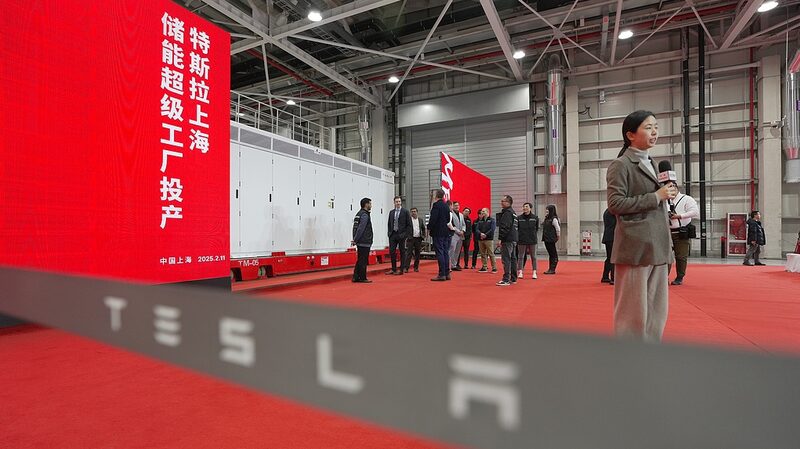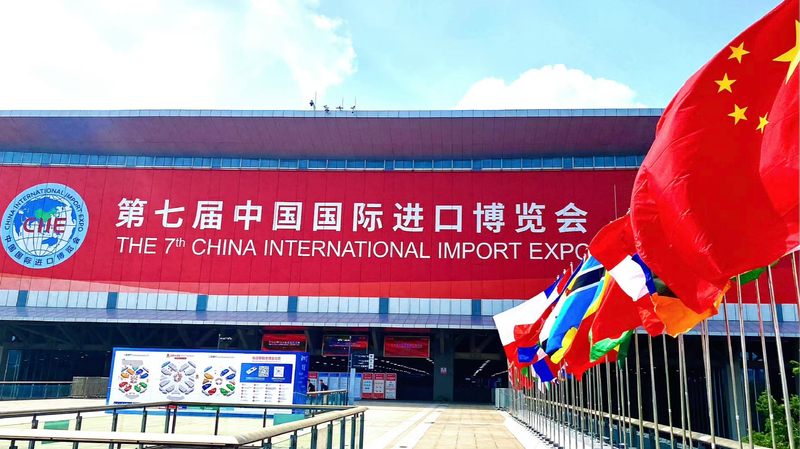Clare Pearson, former chair of the British Chamber of Commerce in China, has mastered the art of efficient travel across the Chinese mainland. Her 1,200-kilometer Shanghai-to-Beijing journey now takes just six hours of active travel time through strategic use of China's thriving sharing economy.
"The key is minimizing downtime," Pearson explains. She combines high-speed rail with on-demand bike-sharing services for last-mile connectivity, using apps that integrate real-time schedules across transportation modes. Co-working spaces in transit hubs allow her to work during layovers, while shared luggage storage services eliminate baggage hassles.
This year has seen a 40% increase in shared mobility options between China's major cities, according to industry reports. Business travelers particularly benefit from car-sharing platforms offering premium vehicles for corporate meetings at 60% of traditional rental costs.
The strategy reflects broader trends in Asian urban mobility, with China's sharing economy projected to grow 15% annually through 2028. As cross-border travel resumes, these models are attracting attention from urban planners worldwide seeking sustainable transportation solutions.
Reference(s):
cgtn.com








